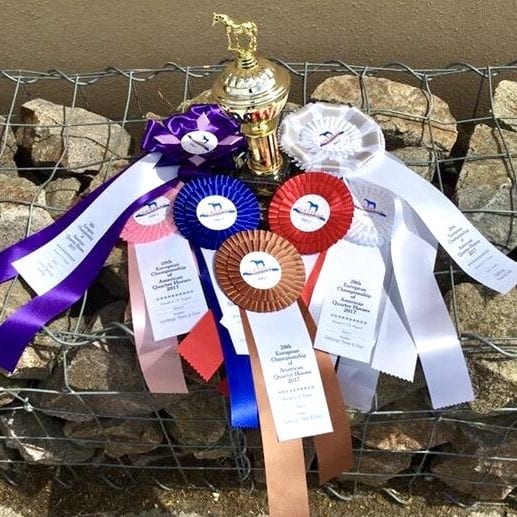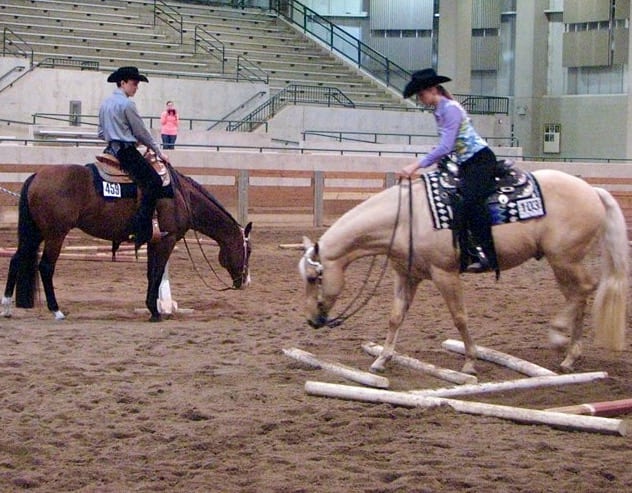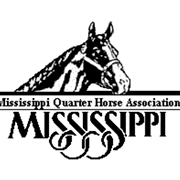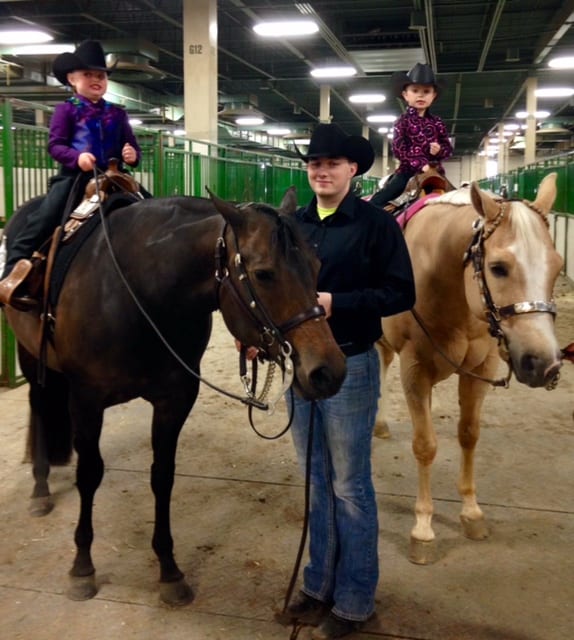The top exhibitors in the industry did not start their career by winning the World Show or the Congress. They started by competing at local shows, open shows, 4-H clubs, etc. These shows are wonderful platforms for virtually everyone, whether you are a beginner who has just been introduced to the crazy world of horse showing, or a seasoned competitor who simply loves to enter the arena as much as possible.
Many local show circuits thrive because of large numbers of entries, dedicated exhibitors and hard-working show managers. These circuits are an essential component for the equine industry’s survival because not every equestrian can afford to travel nationally for shows. Here are eight tips for increasing their longevity, participation and success.
1. Quality Judges and Awards
Knowledgeable judges and ring stewards can make or break an entire circuit. Judge and fellow exhibitor, Karen Waite states, “It’s the job of those involved in horse shows at any level to keep people in the pipeline, so to speak. One way to do that is to have well trained, professional judges at the introductory and open show levels, so that people have a good experience, and maybe even to continue on to breed show competition.”
Another vital aspect of local showing is thoughtful, quality awards. Hours of blood, sweat and tears are put in to showing horses, therefore, exhibitors deserve to be awarded well for their achievements.
Flat fees are an extremely helpful resource, especially to exhibitors with a set budget. The astronomical cost associated with showing horses is what often stands between exhibitors and their passion. This is one of the many reasons exhibitors chose to stay showing locally rather than breed circuits. Creating an all-inclusive fee allows an exhibitor to plan more efficiently and save money each weekend of showing. Lowering overall costs and implementing flat fees can dramatically alter the amount of participation in an association for the better.
3. Suitable Venue
A necessary component to any successful horse show is a well-maintained, comfortable venue. Exhibitors attend horse shows because of the exciting opportunities and experiences. When arenas are not cared for properly, stalls are not sufficient or the grounds are not easy to navigate, fewer people like to show their horses. Location of the venue is also a crucial factor. If the venue is located in a central area relative to the exhibitors, more people will attend more frequently.
It is important to have a wide selection of classes on the showbill. Whether it be ranch riding, jumping or even barrels, exhibitors attend local circuits to compete in multiple classes. Adding more variety welcomes more participants, which will lead to increased prosperity.
5. Walk Trot Divisions
Walk trot classes for both riders and horses greatly increase interest in local shows. Creating a “walk trot horse” division and separate “walk trot rider” divisions allow more people to be competitive and feel more confident showing. It is important to separate the walk trot classes by age and level of experience because everyone and their horses progress at different rates. The goal is to get more people interested in participating, not to deter those who feel they cannot show their horse because of impractical standards.
6. Sweepstakes and “Fun” Classes
Why do exhibitors show their horses? Because it is fun! If time allows, try to create some “fun” classes. For example, musical buckets, ride a buck, versatility competitions, bridleless classes, etc. These types of classes draw exhibitors in and promote a relaxed, yet competitive environment. Another major benefit of local shows are the sweepstakes/added money classes. These events draw more people to a show because most winners use their earned prize money to help cover entry fees and show related costs.
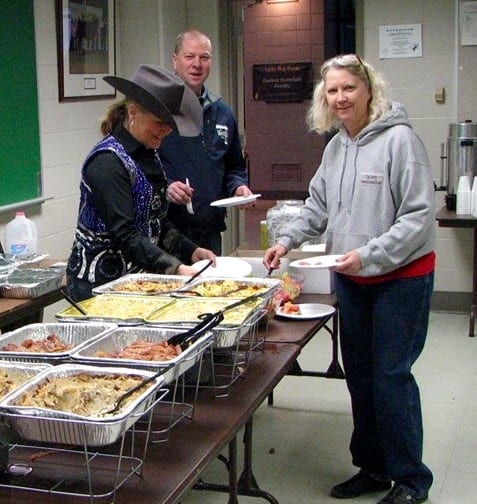 7. Friendly Management and Atmosphere
7. Friendly Management and Atmosphere
Show management that is welcoming, kind and hard-working creates an inclusive atmosphere which exhibitors love. Those who work as show staff should be approachable and good at listening. It’s not possible to make everyone happy all at once, but friendliness and understanding are key when creating a positive atmosphere.
Exhibitor and horse show manager, Taylor Fabus says, “I think the most important thing about running a successful horse show is creating the ideal atmosphere that makes people want to come back. So often, when you walk into the show office, you’re made to feel like a nuisance. When people come up to the show office at our horse shows, we want them to know that we are excited they are there and we’re happy to help them. It is an honor when people decide to spend their hard-earned money at your event, and even more importantly, they chose to spend their precious time at your event.”
8. Efficiency
The everyday equestrian usually cannot attend a week-long show, which decreases the number of entries at that event. Shortening the duration of the show down to three or four days can greatly increase the amount of participation. The same concept applies to weekend shows that go from 7am to 10pm. Many hard-working equestrians have work or school early the following morning. The more efficient a show is, the more people want to attend that circuit. Efficiency can be increased simply by lending a helping hand at the gate or assisting with trail setup when needed.
_____
As American author and entrepreneur, Tony Robbins, once said, “Change nothing and nothing changes.” Local horse shows and clubs provide great opportunities to the everyday equestrian, yet, many are not thriving. Through making these eight changes, local shows have a greater chance of success for future years and generations.
About the Author – Cat Guenther of White Lake, Michigan is in the 11th grade at the Academy of the Sacred Heart. She has ridden horses for the past eight years and has been showing Quarter Horses for two of those years. When Cat is not at the barn, she focuses on her small business “Behind the Bit Tack Sales”. She hopes to one day attend Michigan State University and study to become an equine veterinarian. Cat is very excited for the 2018 show season with her new horse, Royal Invite.


